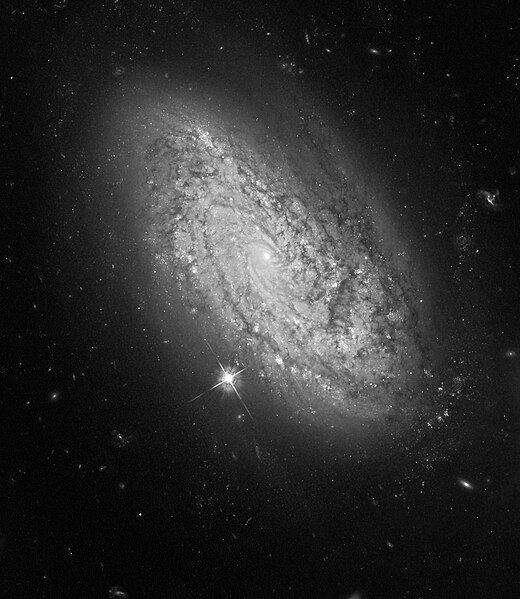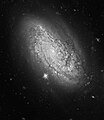Ficheiro:NGC 3021 Hubble.jpg

Dimensões desta antevisão: 520 × 599 píxeis. Outras resoluções: 208 × 240 píxeis | 416 × 480 píxeis | 666 × 768 píxeis | 888 × 1 024 píxeis | 1 838 × 2 119 píxeis.
Imagem numa resolução maior (1 838 × 2 119 píxeis, tamanho: 1,75 MB, tipo MIME: image/jpeg)
Histórico do ficheiro
Clique uma data e hora para ver o ficheiro tal como ele se encontrava nessa altura.
| Data e hora | Miniatura | Dimensões | Utilizador | Comentário | |
|---|---|---|---|---|---|
| atual | 23h42min de 31 de maio de 2009 |  | 1 838 × 2 119 (1,75 MB) | Friendlystar | {{Information |Description={{en|1=Less than 100 years ago scientists didn't know if the universe was coming or going, literally. It even fooled the great mind of Albert Einstein. He assumed the universe must be static. But to keep the universe from collap |
Utilização local do ficheiro
A seguinte página usa este ficheiro:
Utilização global do ficheiro
As seguintes wikis usam este ficheiro:
- ar.wikipedia.org
- arz.wikipedia.org
- az.wikipedia.org
- be.wikipedia.org
- ce.wikipedia.org
- diq.wikipedia.org
- eo.wikipedia.org
- eu.wikipedia.org
- fa.wikipedia.org
- hr.wikipedia.org
- kk.wikipedia.org
- lb.wikipedia.org
- mk.wikipedia.org
- my.wikipedia.org
- nl.wikipedia.org
- ru.wikipedia.org
- sh.wikipedia.org
- sk.wikipedia.org
- sr.wikipedia.org
- tr.wikipedia.org
- tt.wikipedia.org
- uk.wikipedia.org
- uz.wikipedia.org
- www.wikidata.org


